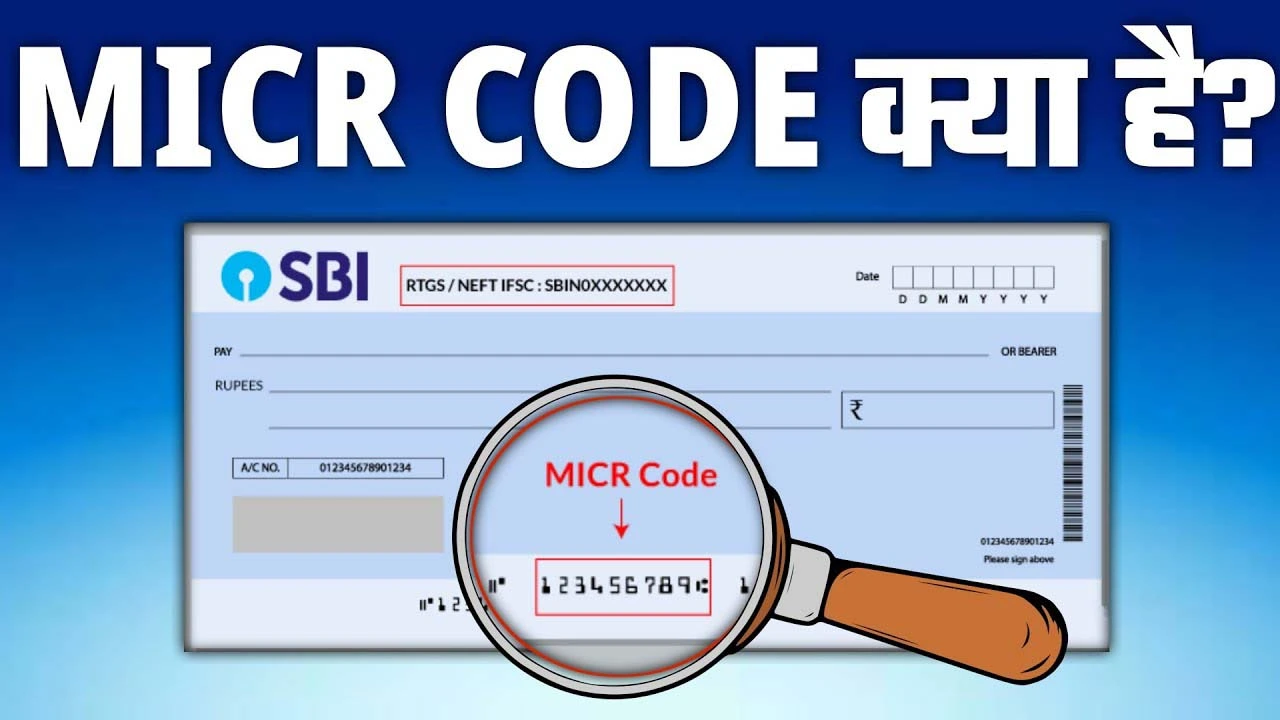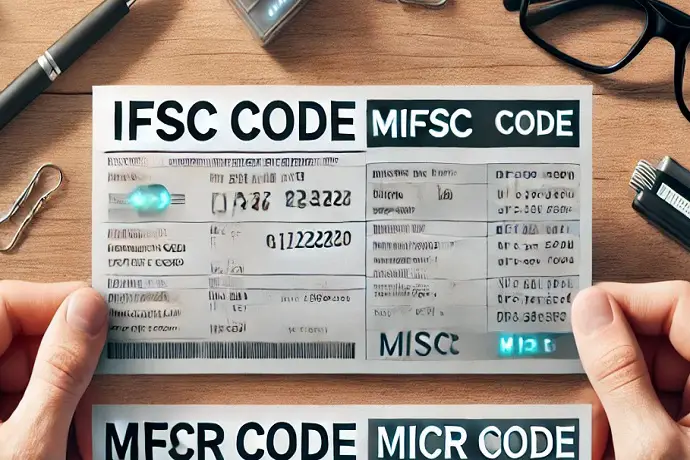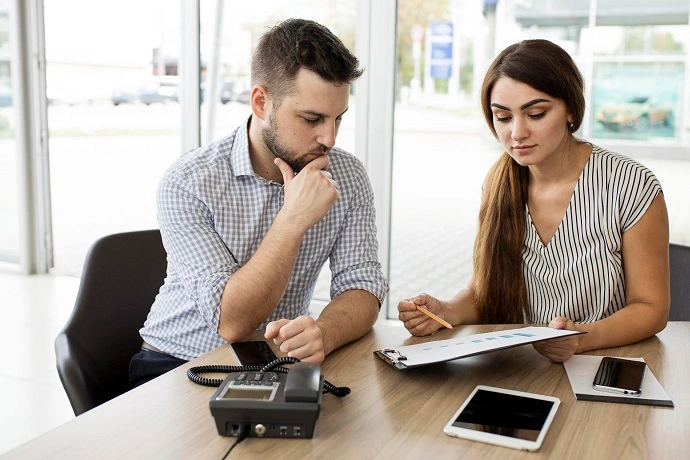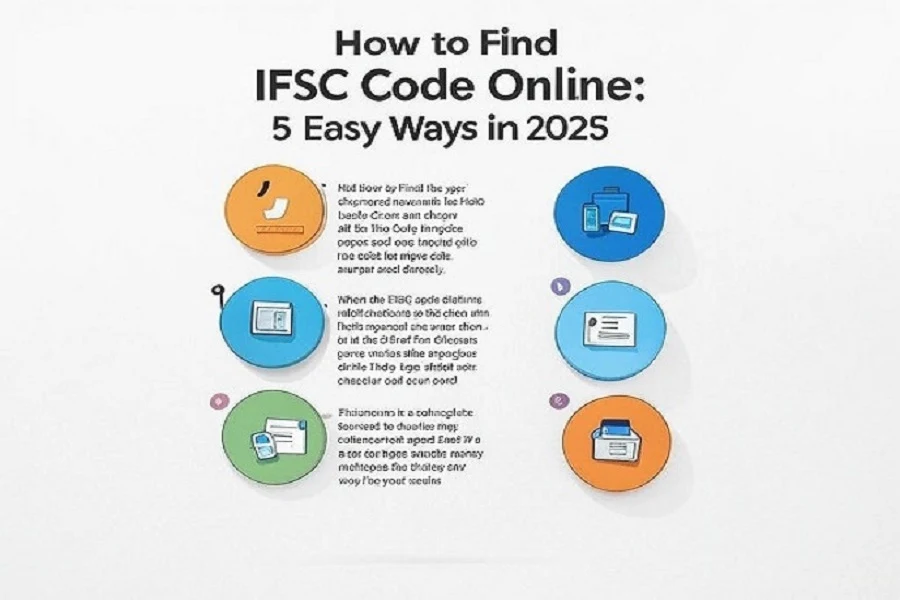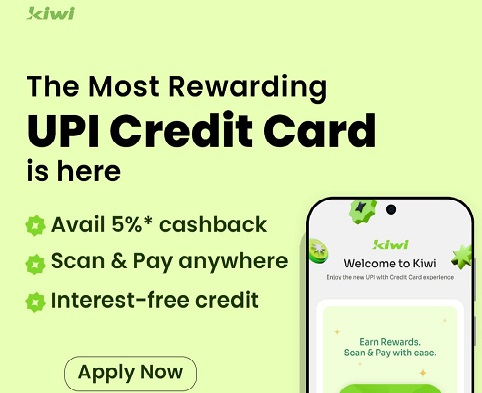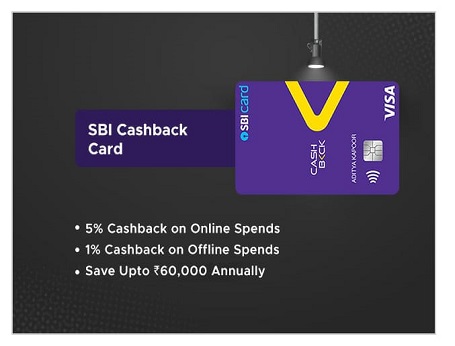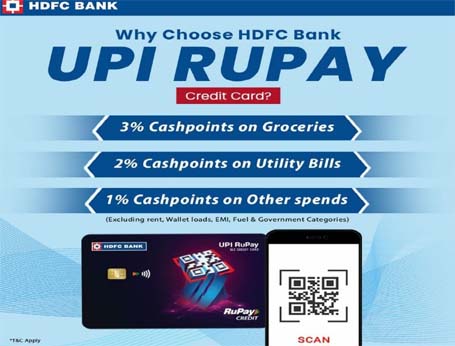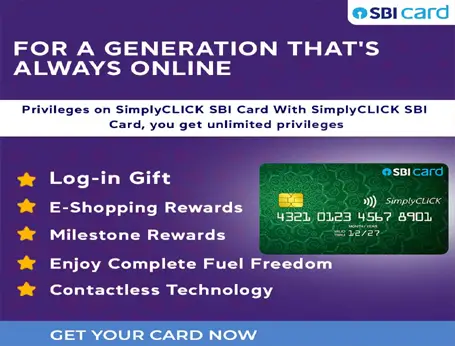
Top 15 Smart Tips to Protect Your Credit Card and Bank Account in 2025
In today's fast-paced digital world, keeping your credit card and bank account safe is more important than ever. With increasing cases of online fraud, phishing scams, and identity theft, financial security has become a top priority. Whether you’re shopping online, using mobile banking, or simply swiping your card at a local store, protecting your financial data is essential.
In this article, we’ll cover 15 practical tips to secure your credit card and bank account, helping you avoid fraud and unauthorized transactions in 2025 and beyond.
Why Is It Important to Protect Your Credit Card and Bank Account?
Before we dive into the tips, let’s understand why financial protection matters:
Prevent Financial Loss: Fraudulent transactions can lead to severe monetary loss.
Protect Personal Identity: Criminals often steal your identity along with your money.
Maintain Credit Score: Unauthorized credit card use can damage your credit score.
Avoid Legal Troubles: In some cases, stolen data is used for illegal activities.
Top 15 Tips to Protect Your Credit Card and Bank Account
1. Use Strong and Unique Passwords
Always use strong, hard-to-guess passwords for your online banking and credit card apps. Avoid using common words, birthdays, or repeated characters. Instead, mix uppercase letters, lowercase letters, numbers, and special symbols. Also, never reuse passwords across multiple platforms.
✅ Pro Tip: Use a password manager like LastPass or 1Password to generate and store complex passwords securely.
2. Enable Two-Factor Authentication (2FA)
Two-factor authentication adds an extra layer of security. It requires you to enter a one-time password (OTP) sent to your mobile or email, making it harder for hackers to gain access even if they have your password.
🔐 Activate 2FA on your banking apps and email accounts today!
3. Regularly Monitor Your Bank Statements
Keep a habit of checking your bank and credit card statements at least once a week. Look out for any unauthorized or suspicious transactions. If you find anything unusual, report it to your bank immediately.
📱 Many banking apps allow you to set up real-time alerts for all transactions.
4. Don’t Share Card or Bank Details
Never share your credit card number, CVV, PIN, or OTP with anyone—whether over the phone, email, or text. Legitimate banks will never ask for such sensitive information.
🚫 Beware of phishing calls or emails pretending to be from your bank.
5. Use Secure Websites for Online Shopping
Always shop from secure websites. Look for “https://” in the URL and a lock icon in the browser bar before entering any financial information.
🛒 Avoid saving your card information on shopping sites unless absolutely necessary.
6. Avoid Public Wi-Fi for Banking
Never use public Wi-Fi to access your bank account or make online payments. These networks are usually unsecured and vulnerable to hackers.
📡 Use mobile data or a VPN (Virtual Private Network) for safer browsing.
7. Update Banking and Security Apps Regularly
Outdated apps can have security holes. Always keep your banking and antivirus apps up to date to ensure you have the latest security patches.
🛠 Enable auto-updates on your phone or manually check for updates weekly.
8. Set Spending Limits on Your Credit Card
Most credit cards allow you to set daily or monthly spending limits. This prevents excessive use and reduces the impact of fraud.
💳 Setting a limit adds an extra shield, especially if your card gets into the wrong hands.
9. Use Virtual Cards for Online Payments
Virtual cards are temporary card numbers provided by some banks for online transactions. These can be used instead of your actual card number and often expire quickly.
🌐 Great for subscription services or one-time online purchases.
10. Sign Up for Transaction Alerts
Get instant SMS or email notifications for every debit, credit, or login attempt on your bank account. This allows you to react quickly if something suspicious happens.
🧠 Awareness is your first line of defense.
11. Report Lost or Stolen Cards Immediately
If your credit or debit card is lost or stolen, report it to your bank immediately to block the card and prevent unauthorized use.
📞 Most banks have 24/7 helplines to report lost or stolen cards.
12. Shred Physical Statements
Don’t throw away your bank statements, receipts, or pre-approved credit offers without shredding them. These documents can be used by fraudsters to access your bank or card info.
🗑 Always destroy sensitive paperwork before disposal.
13. Avoid Clicking on Suspicious Links
Scammers often send fake emails or messages that look like they’re from your bank. Never click on suspicious links, and avoid downloading attachments from unknown sources.
📩 When in doubt, go directly to the bank’s official website.
14. Use Biometric Authentication
If your phone or banking app supports it, enable fingerprint or face recognition for added security. Biometrics offer a more secure way to log in than just a password.
👆 A simple tap or glance can offer powerful protection.
15. Educate Yourself and Your Family
Keep yourself updated with the latest financial scams and cyber threats. Also, educate your family members—especially children and the elderly—on how to avoid common traps.
🧓 Hackers often target the less tech-savvy.
What to Do If You Suspect Fraud
Even after all precautions, if you suspect any fraudulent activity on your account or card, follow these steps immediately:
Contact your bank and freeze your card/account.
Change your online banking passwords.
File a police complaint, especially for large amounts.
Inform the credit bureau to prevent misuse of your identity.
Keep evidence, like transaction receipts, SMS alerts, or screenshots.
Final Thoughts
Protecting your credit card and bank account is not just the bank's responsibility—it’s yours too. With increasing digital payments and banking services, taking proactive security steps is crucial. By following the above tips, you can drastically reduce your risk of becoming a victim of financial fraud.
FAQs About Credit Card and Bank Account Security
Q1: What is the safest way to shop online?
Use secure, verified websites with HTTPS. Also, use virtual cards or wallets like Google Pay, Apple Pay, or Paytm.
Q2: Can a credit card be hacked without being used online?
Yes, card details can be stolen through skimming, phishing, or data breaches.
Q3: Is it safe to save card details in browsers?
Not recommended. Use a password manager instead of saving card details in browsers.
Q4: How often should I change my banking password?
Every 3–6 months is a good practice. Also change it immediately if you suspect any security breach.
